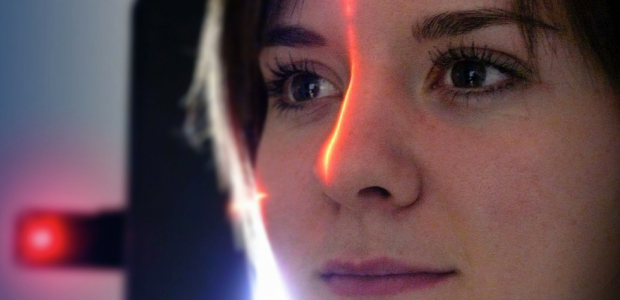Advances in technology and cancer treatments have increased the percentage of patients who beat childhood cancer. However, a whopping 70 percent of these survivors experience late effects a full 40 years after diagnosis. University of Florida health experts report that this sadly takes a toll on these individuals’ quality of life.
According to I-Chan Huang, Ph.D., the lead author of the study and an associate professor of health outcomes and policy in the UF College of Medicine: “The prevalence of these symptoms accounts for a huge variance in physical, mental and social domains of quality of life among survivors. If we think symptoms are the key to patients’ quality of life, then if we can better manage their symptoms, we can improve their daily functional status and quality of life.”
Huang and researchers from St. Jude Children’s Research Hospital in Memphis analyzed data from 1,667 childhood cancer survivors who participated in a St. Jude study. The researchers used a patient-reported survey to measure quality of life to look at long-term effects of cancer survival. The study was published in the Nov. 20 issue of the Journal of Clinical Oncology.
Common Reported Late Effects for Pediatric Cancer Survivors
A specific symptom scale was designed to assess toxicities related to cancer treatment, as outlined in the Children’s Oncology Group guidelines. The most common symptoms patients reported were:
- head pain
- back and neck pain
- pain in other areas
- disfigurement, for example
- hair loss and
- sensation abnormalities
The research found that participants’ physical and mental quality of life decreased for each additional symptom they reported. Counterintuitively, survivors also reported more symptoms over time, with study participants citing negative effects up to 40 years after they received their pediatric cancer diagnosis.
According to a report issued by the Institute of Medicine:
- About one in every 600 adults between the ages of 20 to 39 is a survivor of childhood cancer
- About 70 percent of participants reported at least one late effect from their cancer
- About 25 percent reported experiencing six or more late effects
However, the study did not account for sleep disturbances including fatigue, so the actual percentage of survivors who experience late effects from cancer could be even higher.
Tools to Improve Survivors’ Quality of Life
Huang says that the next step should be developing a toolkit that helps physicians use this information to improve cancer survivors’ quality of life. This would be an improvement upon the existing tools that measure a patient’s life-quality without providing his or her doctor with a plan of action.
Currently, a mere 16 percent of clinicians utilize quality of life measures in their offices. Huang collected this data with a recent national survey of pediatricians’ and subspecialists’ attitudes and practices.
“We are working to develop a diagnostic classification system by focusing on individualized attributes of poor quality of life; symptoms are one of the key, proximal attributes,” Huang said.
Statistics regarding poor quality-of-life for childhood cancer survivors are high; however, Huang and his fellow researchers are putting this data to good use. They plan to help physicians calculate and interpret quality-of-life scores, so that they can better use this data to communicate with patients. This influential study and its results are important because the measures take into account health issues that affect patients’ lives every day.

